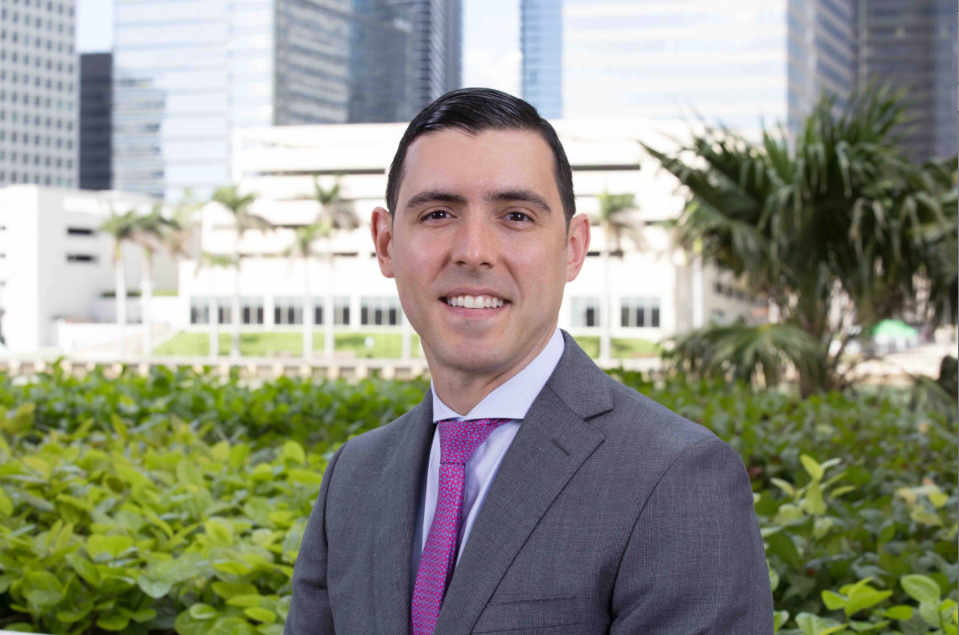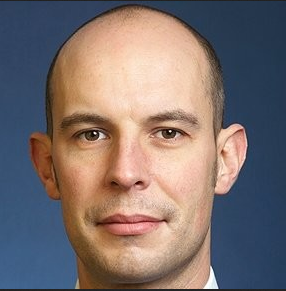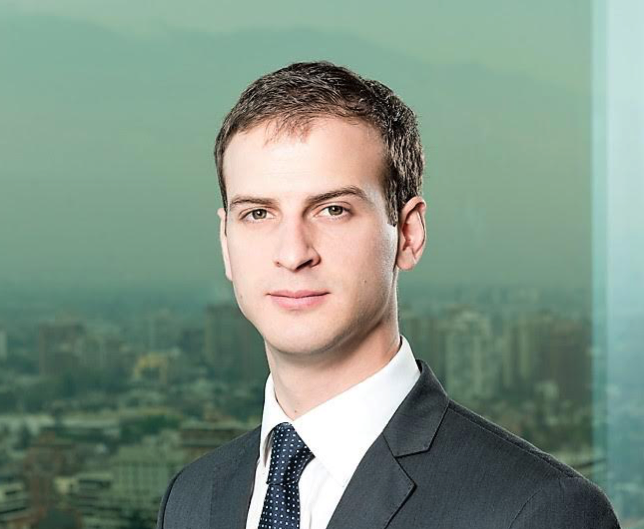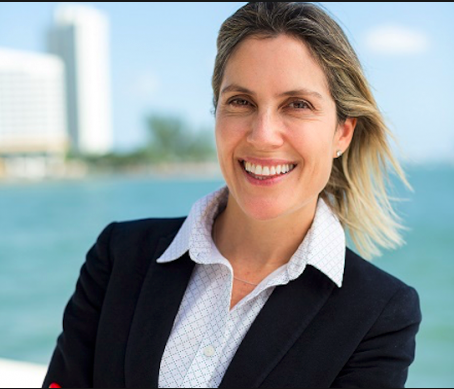From Quantitative Easing (QE) to Quantitative Tightening (QT)
| By Gabriela Huerta | 0 Comentarios
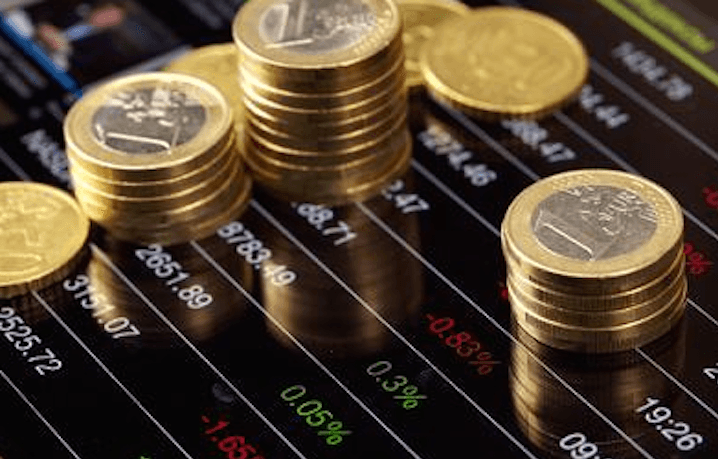
This month of September is the tenth anniversary of the fall of Lehman Brothers, which was back then the fourth largest bank in the USA, and it initiated the worst global financial crisis in recent decades. The hyper-debt was not able to support the existing economic model, and the central banks, in a coordinated action, came to the rescue by applying unconventional policies known as Quantitative Easing, which is based on asset purchasing programmes that help inject liquidity into the market. The objective was to reactivate the flow of credit in the economy by artificially keeping the interest rates low (ZIRP, zero interest rate policy) or in negative figures (NIRP, negative interest rate policy).
The main milestones reached were the deleverage of the private sector and a financial system that had to assume stricter regulations and frequent controls in adverse scenarios (stress tests), as well as achieve further solvency by means of higher capital ratios. All of this despite the regulatory cost making them less profitable. However, the macroeconomic variables are being normalised in the main economies. The IMF, in its latest publication of the World Economic Outlook, expects an overall growth of 3.9%, for both 2018 and 2019.
At this stage, when it seems like we are overcoming the financial crisis and economic depression and the world economy is expanding, the main central banks are getting ready to reverse their balance sheet and start down a path to the normalisation of the monetary policy. This process is known as Quantitative Tightening, and it is the process of reverting Quantitative Easing. The Federal Reserve started this process in November 2017, and it has already reduced the balance in 237.9 Billion USD. The European Central Bank will reduce the monthly rate of net purchases of assets to 15,000 million euros until late December 2018 and it foresees its cessation from then on.
According to Bloomberg data, in the ten-year period between 2008 and 2017, all central banks have trebled their balance sheet, which has involved an injection of 14,245.6 Billion USD. This expansive policy has flooded the market with liquidity and, undoubtedly, helped raise the price of assets. This in turn has led to the so-called portfolio effect, by means of which the central bank’s purchase of lower risk assets (government bonds, IG credit, covered bonds) has encouraged investors to purchase higher risk bonds, whether due to the lack of bonds in this segment or due to seeking a higher performance.
It is only natural that investors are concerned about knowing what will happen when all this liquidity is drained and the interest rates rise (the FED, immersed in this process, has increased its reference rate from 0.25 to 2% since December 2015). There is certainly a risk of the prices of assets dropping during this reversal process. There is currently a particular need for the central banks to measure correctly the different risks at a macroeconomic (especially the predictions of inflation), financial and geopolitical level, so the monetary normalisation can be carried out without any hiccups. In fact, the markets are also more volatile this year than in 2017. The price war or the Turkish crisis played a significant role, but surely so did the QT, as the better performance of the US government bonds and the appreciation of the dollar have contributed to the prices of emerging market bonds, for example.
In this context, who can be the big winners? The money market investors, who will be able to invest at better interest rates; for example: the three-month treasury bills in the USA have gone from offering an interest rate below 1% just a year ago to 2.13% today.
What are the major corporate pension plans doing to protect themselves from the rise of interest rates or a greater volatility? They are incorporating real assets that generate recurring income, such as real state, or investing in infrastructure. Many already consider them as the new bonds, which improve the performance and reduce the global risk of the portfolios.
Column by Josep Maria Pon, Head of Fixed Income at Crèdit Andorrà Asset Management. Crèdit Andorrà Financial Group Research.


